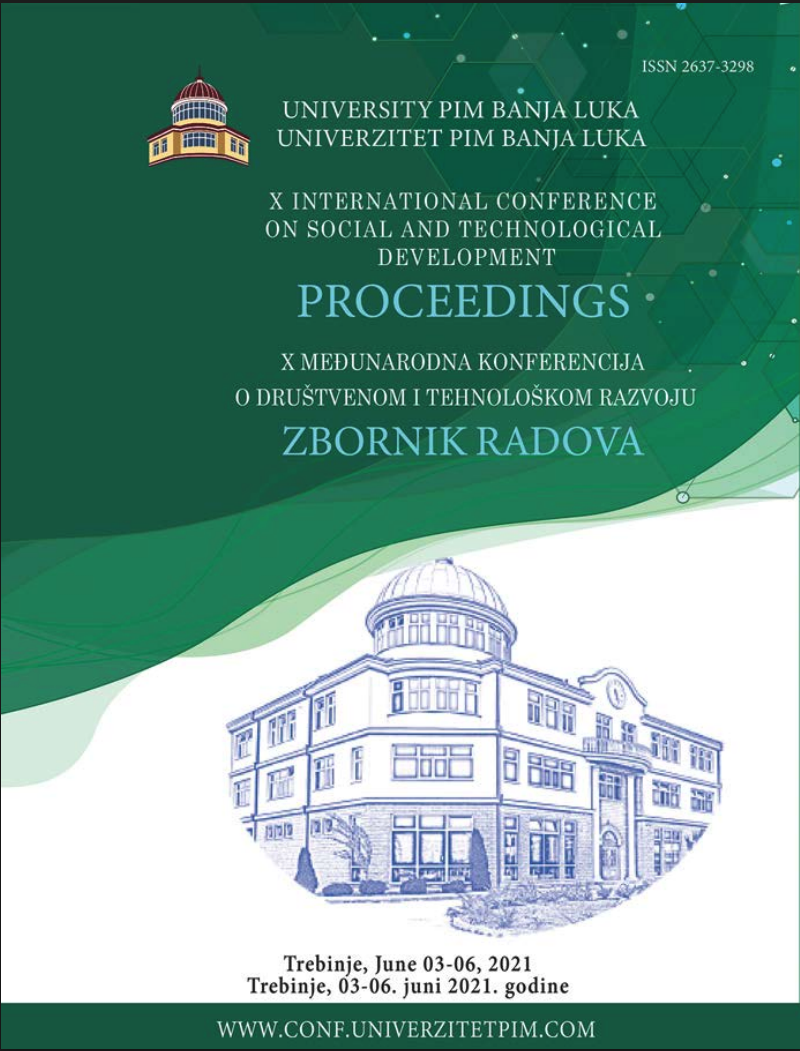
This is an open access article distributed under the Creative Commons Attribution License which permits unrestricted use, distribution, and reproduction in any medium, provided the original work is properly cited.
Higher Technical Professional School in Zvečan , Zvečan , Serbia
Faculty of Technical Sciences, University of Priština - Kosovska Mitrovica , Mitrovica , Kosovo
Faculty of Technical Sciences, University of Priština - Kosovska Mitrovica , Mitrovica , Kosovo
Faculty of Technical Sciences, University of Priština - Kosovska Mitrovica , Mitrovica , Kosovo
Faculty of Technical Sciences, University of Priština - Kosovska Mitrovica , Mitrovica , Kosovo
The production of parts on CNC machines is one of the most common techniques used in modern manufacturing processes. CAM software generates NC programs that are mathematically exact and usually contain constant cutting parameters for a particular tool path and does not simulate the expected machined part quality (accuracy of machinning and the machined surfaces quality), and also does not take into account parameters that affect process errors. The aim of the paper is to develop an algorithm for improving the quality and accuracy of processing and its implementation on CNC machines. Based on the input parameters, from the existing knowledge and processing error database, the algorithm will recognize the expected error and regenerate the NC code (obtained by appropriate CAD/CAM software based on technological and geometric processing parameters) and create new NC code that will enable better processing. The algorithm obtained at this stage would be further applied under laboratory conditions to a particular CNC machine in order to verify its application.
The statements, opinions and data contained in the journal are solely those of the individual authors and contributors and not of the publisher and the editor(s). We stay neutral with regard to jurisdictional claims in published maps and institutional affiliations.